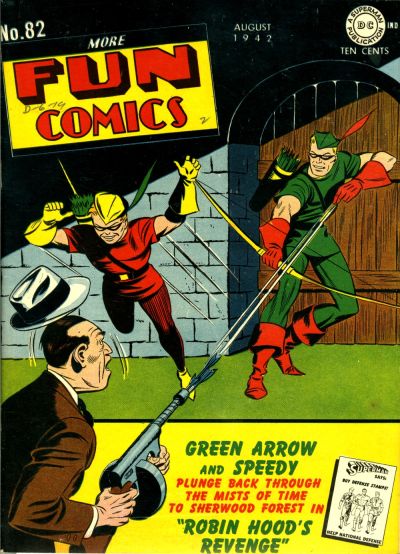
Introduction
Green Arrow and his sidekick Speedy first appeared in More Fun Comics #73 (cover date: November 1941). They were the creation of writer Mort Weisinger and artist George Papp. At first glance you might think Robin Hood was the main source of inspiration. Like the legendary outlaw, these heroes were archers, their costumes resembled tunics and each wore a bycocket – what most people would call a “Robin Hood hat”. But it wasn’t hard to spot another influence – Batman. Batman was millionaire Bruce Wayne. Green Arrow was millionaire Oliver Queen. Batman’s sidekick Robin was his youthful ward Dick Grayson. Green Arrow’s sidekick was his youthful ward Roy Harper. Both Batman and Green Arrow had special cars. Both, in time, developed gadgets. Even Green Arrow’s most prominent foe in the 1940s was an evil clown, just like Batman’s Joker.
With a few exceptions (such as Captain Marvel and Wonder Woman), most of the time, 1940s superheroes fought common crooks – even if those crooks dressed in bizarre costumes and had elaborate gadgets. But sometimes the adventures would be a bit more outlandish. Starting in 1944, Batman and Robin would have a series of time travel adventures. But for once, Green Arrow had gotten there first.
Green Arrow and Speedy first travelled in time in 1942. And their destination, in this and similar stories over the decades, was obvious – Sherwood Forest.
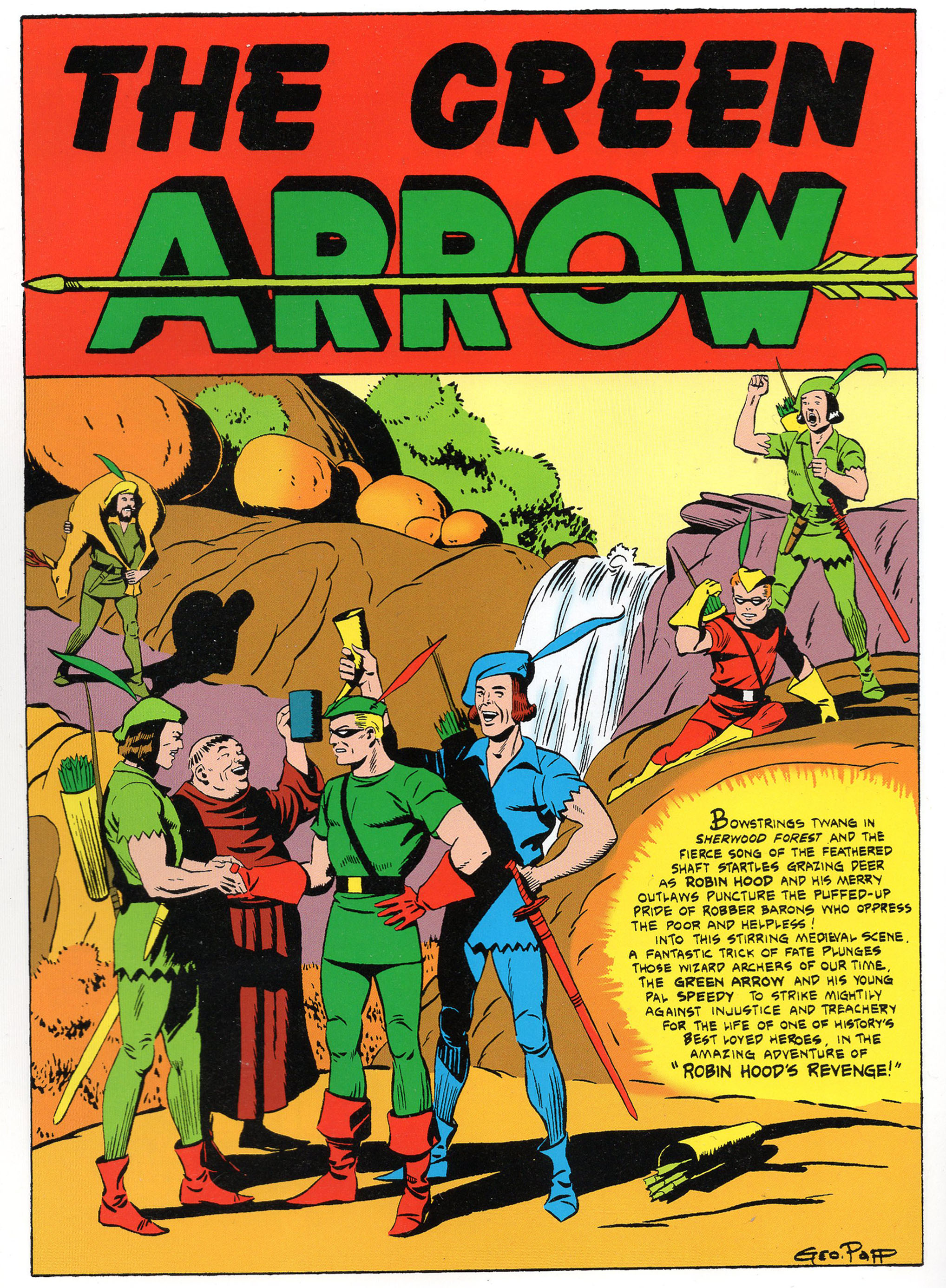
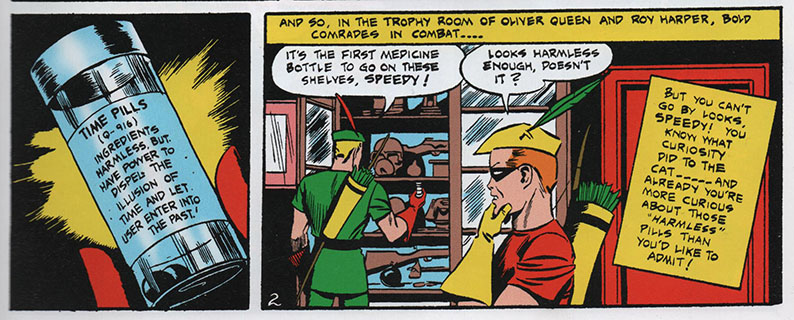
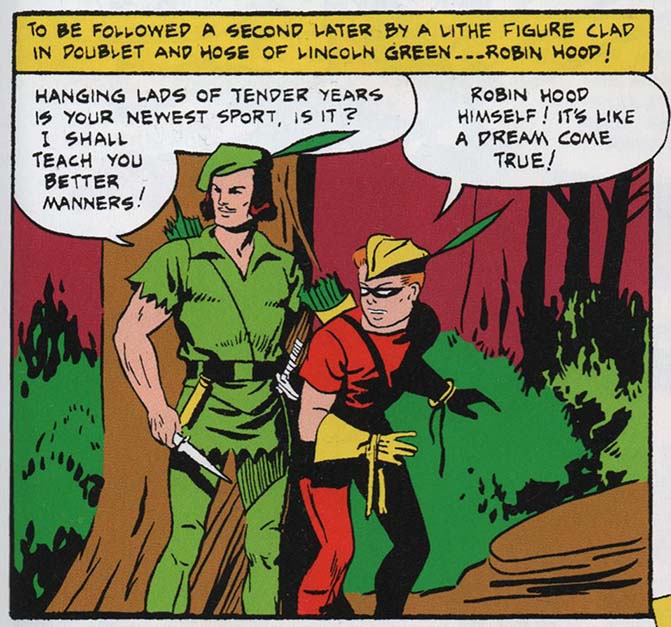
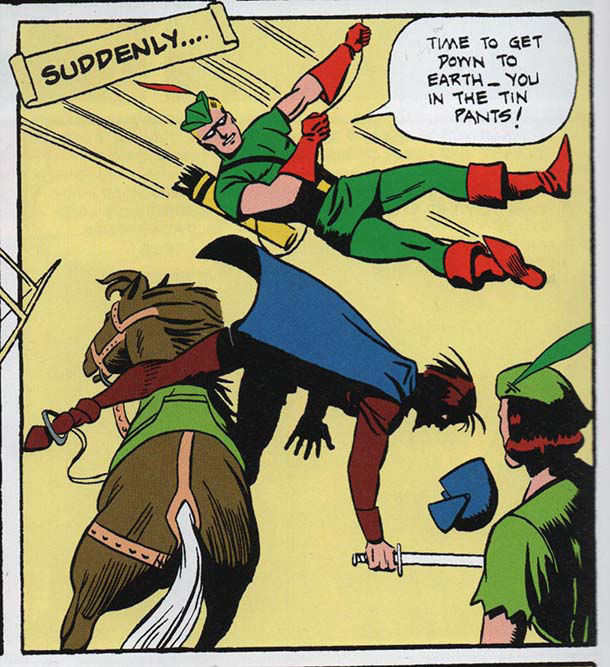
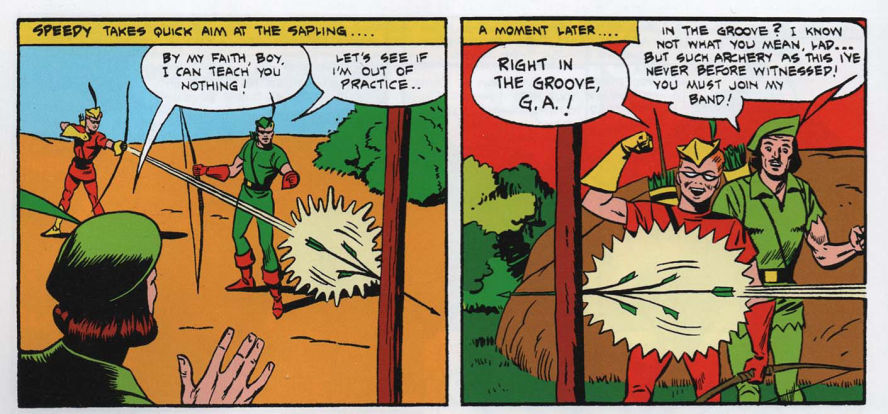
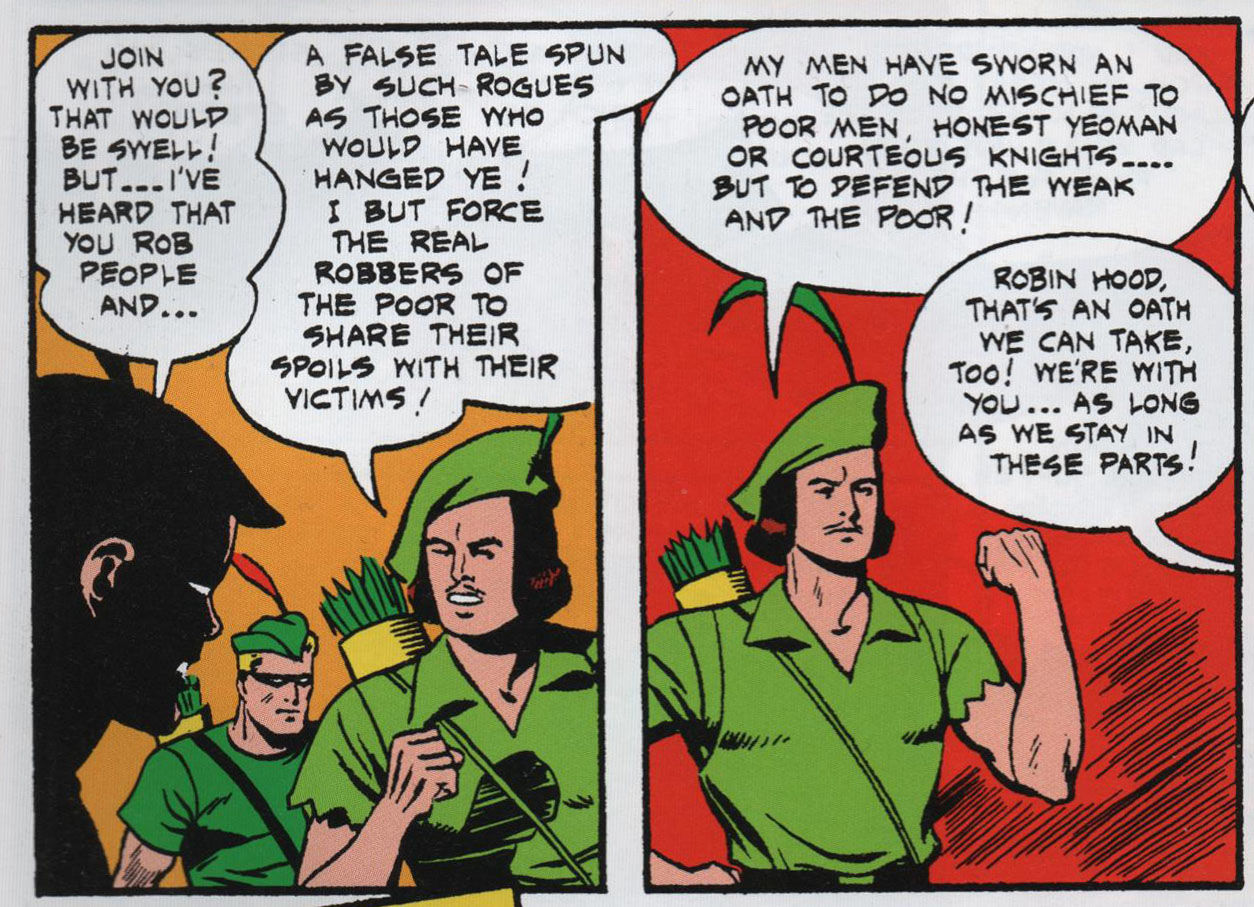
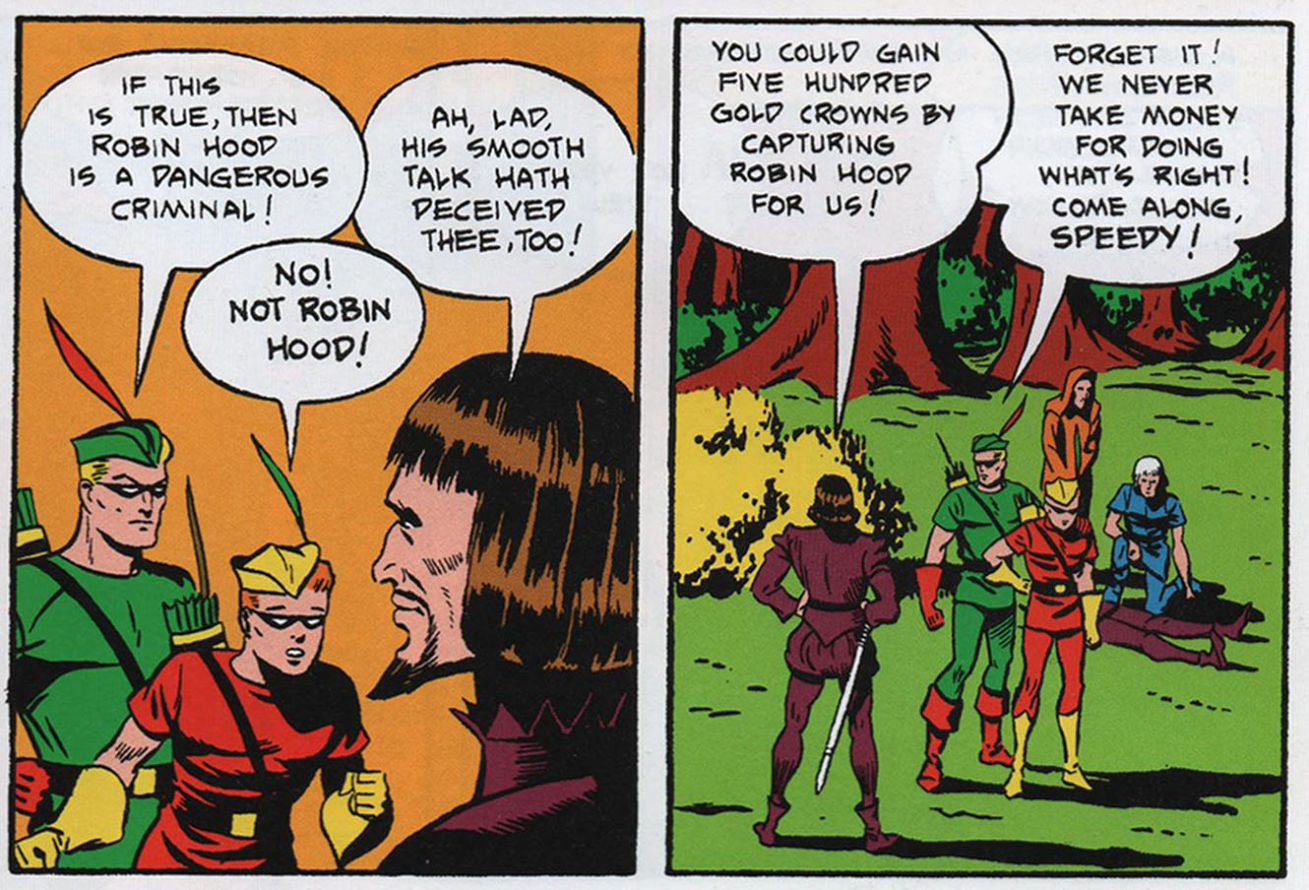
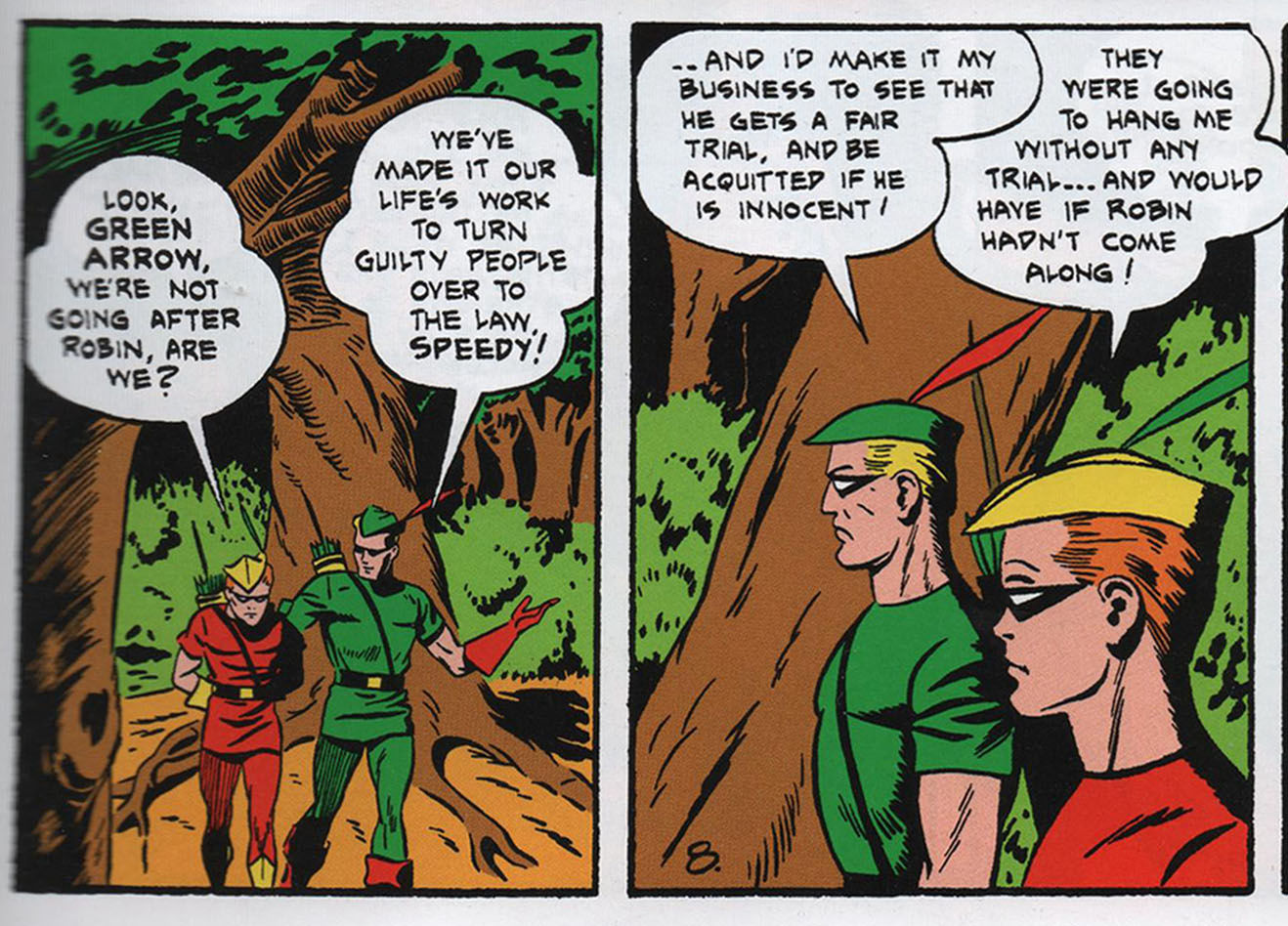
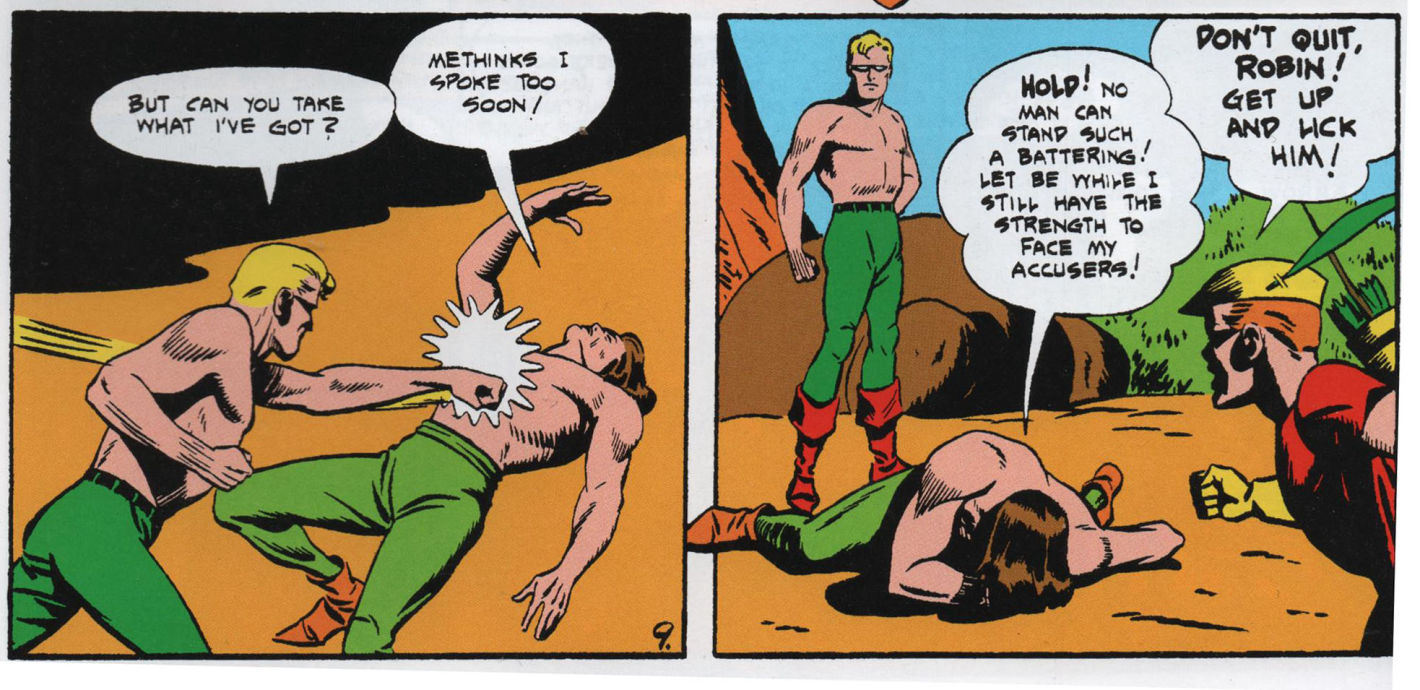
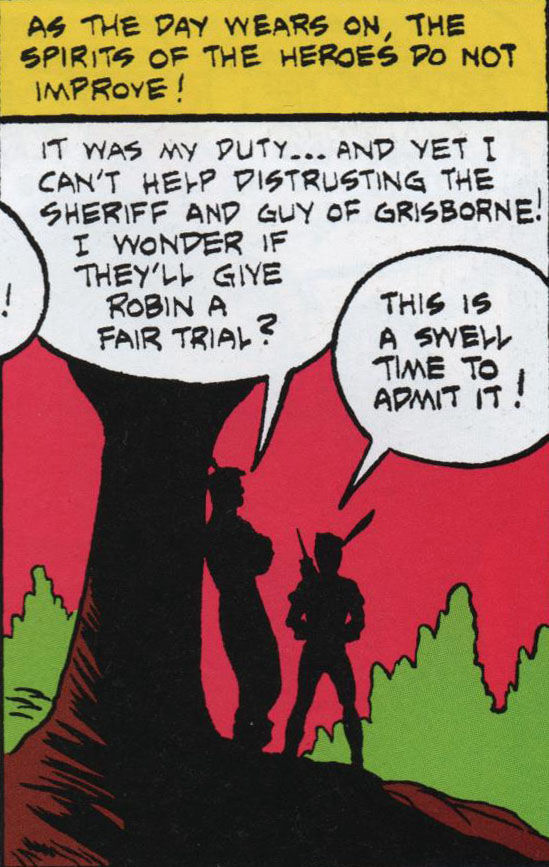
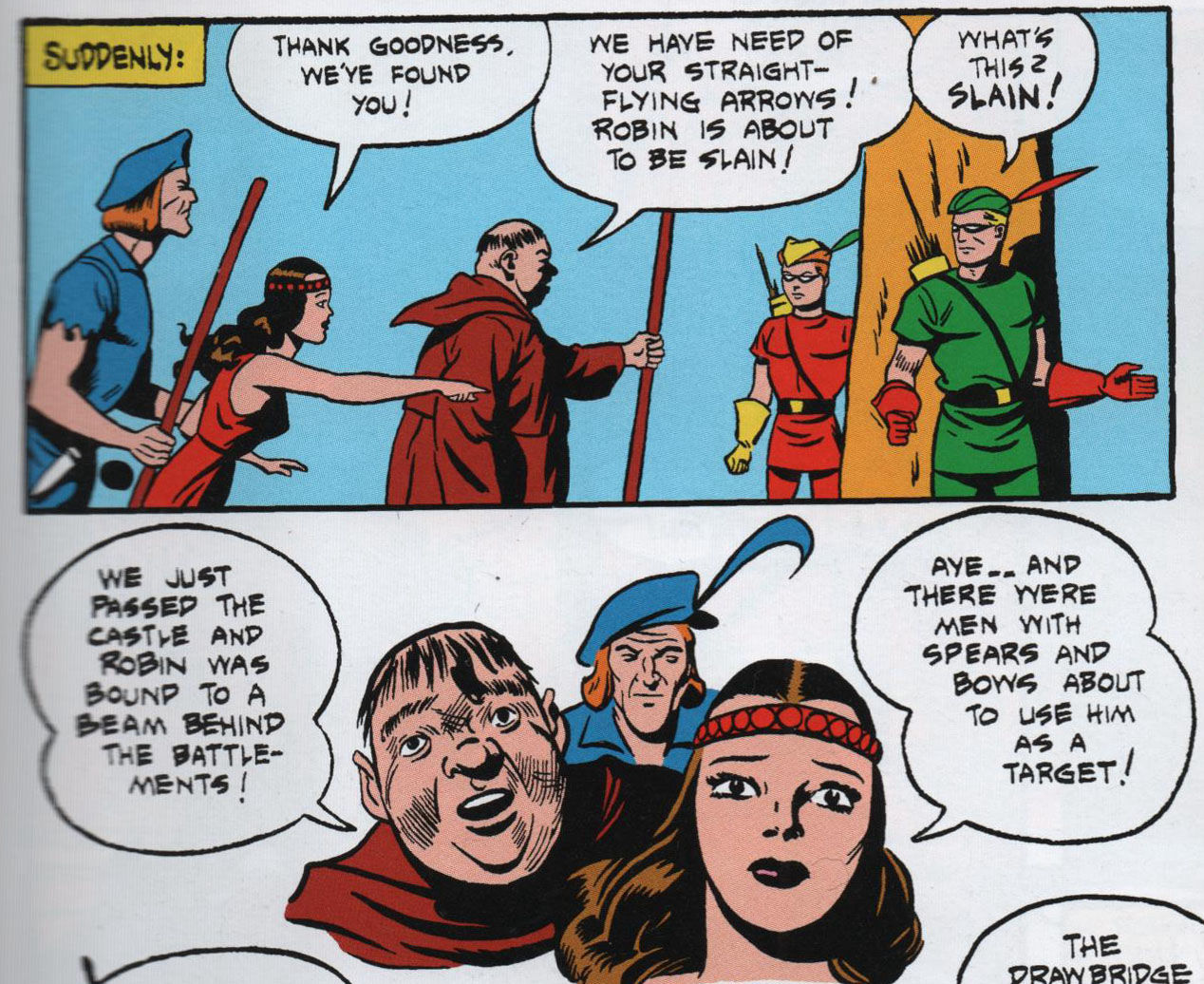
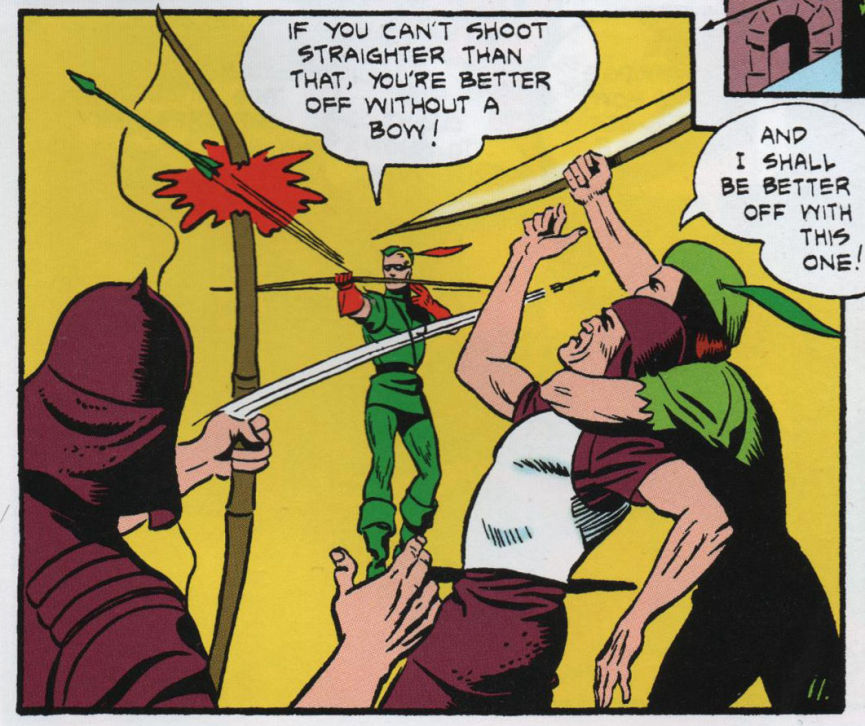
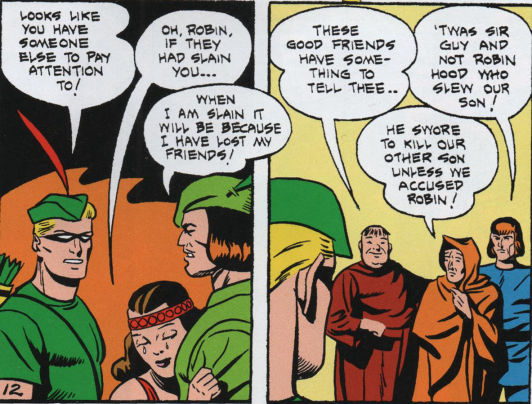
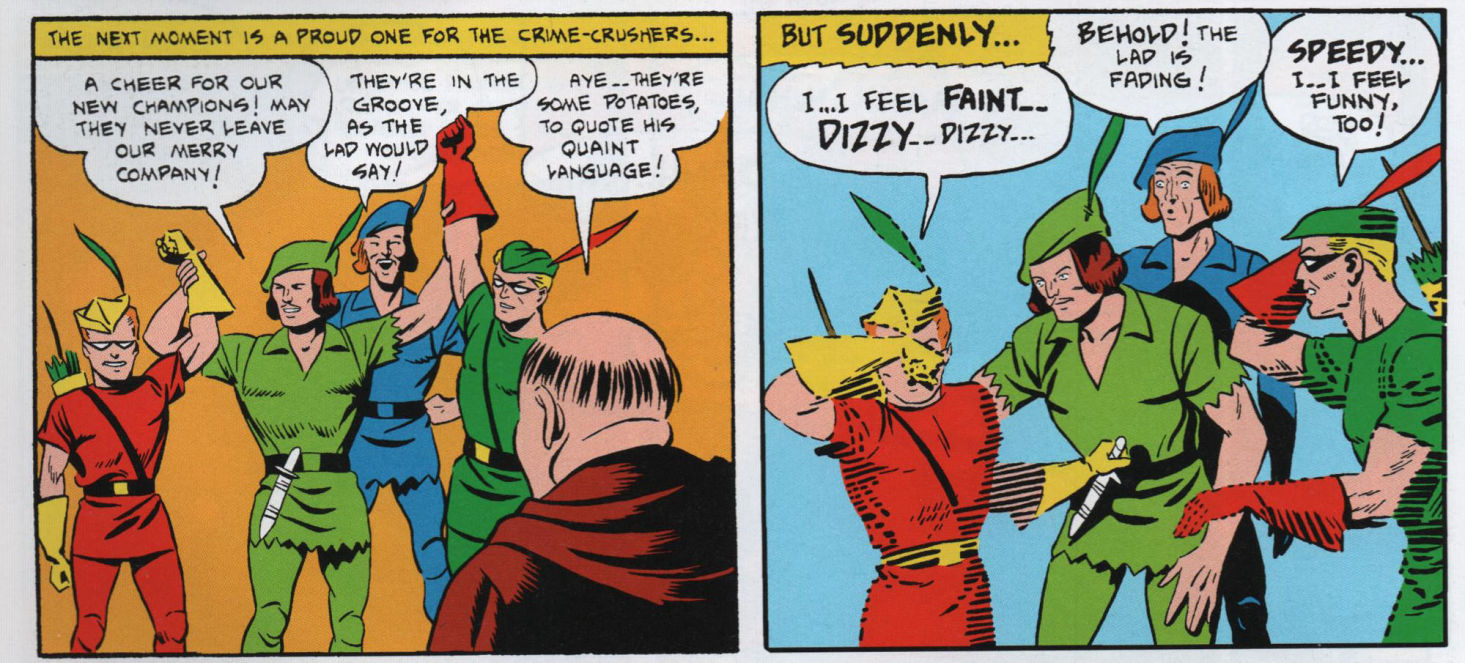
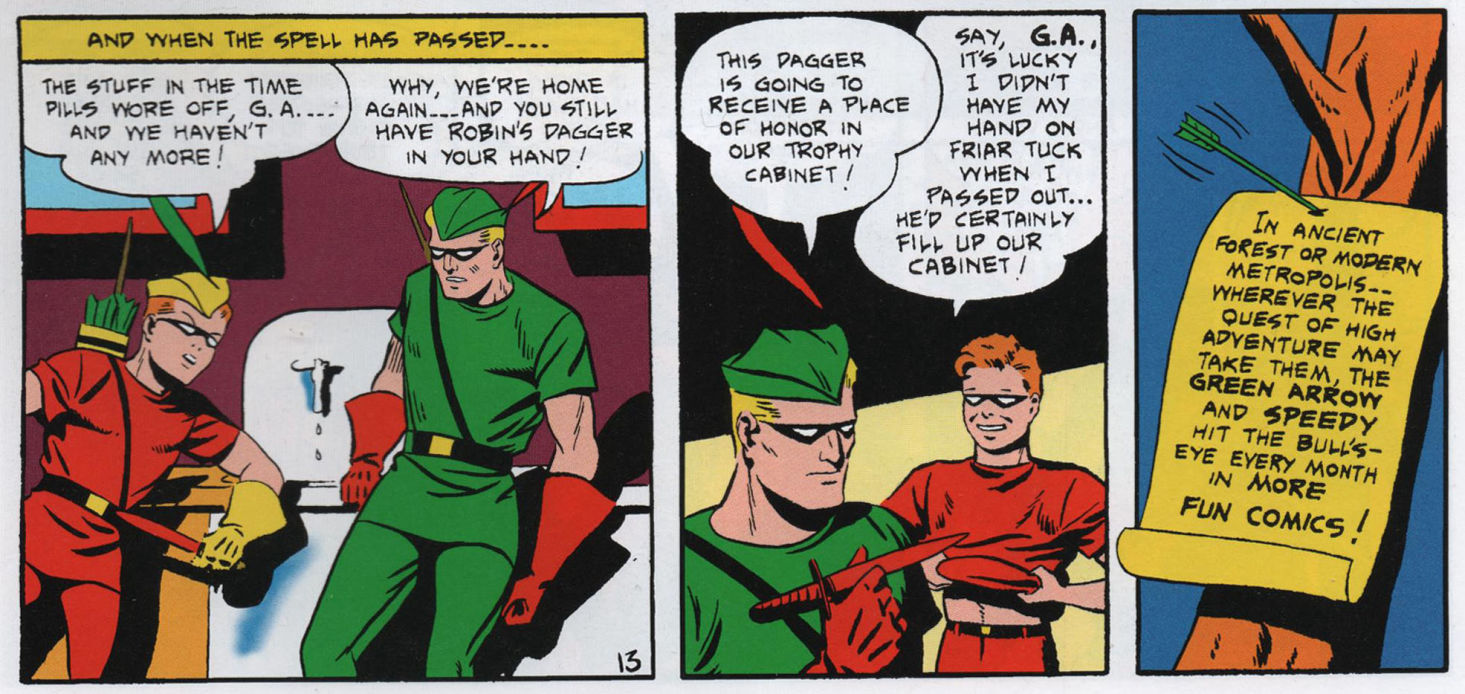
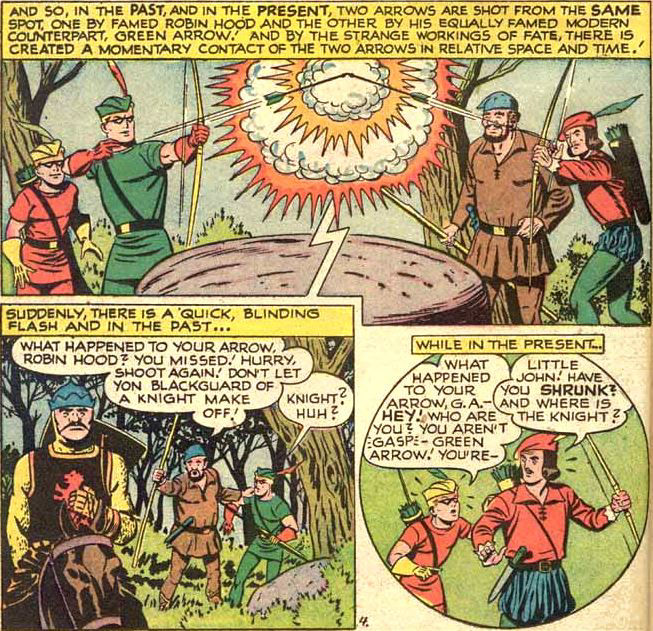
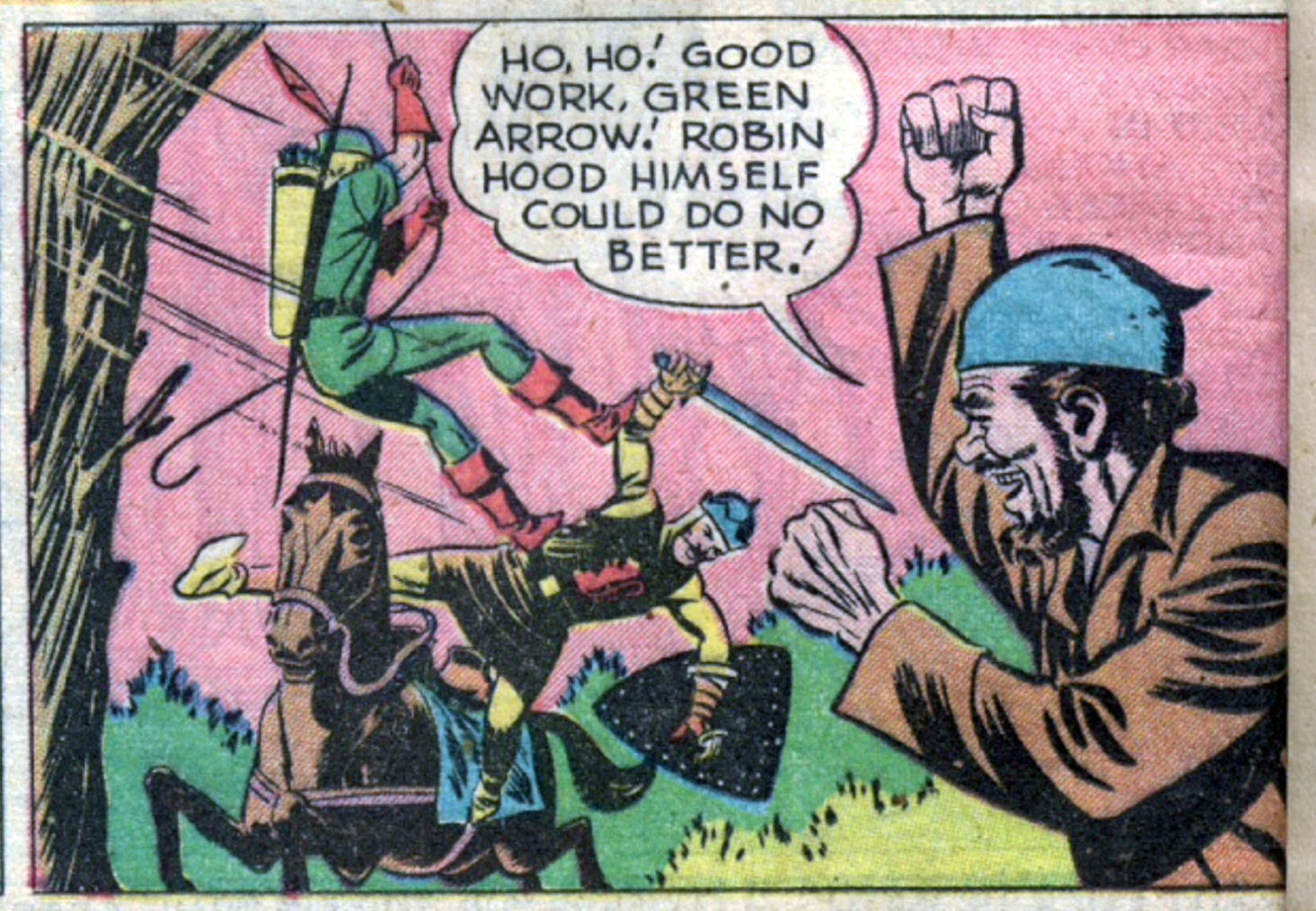
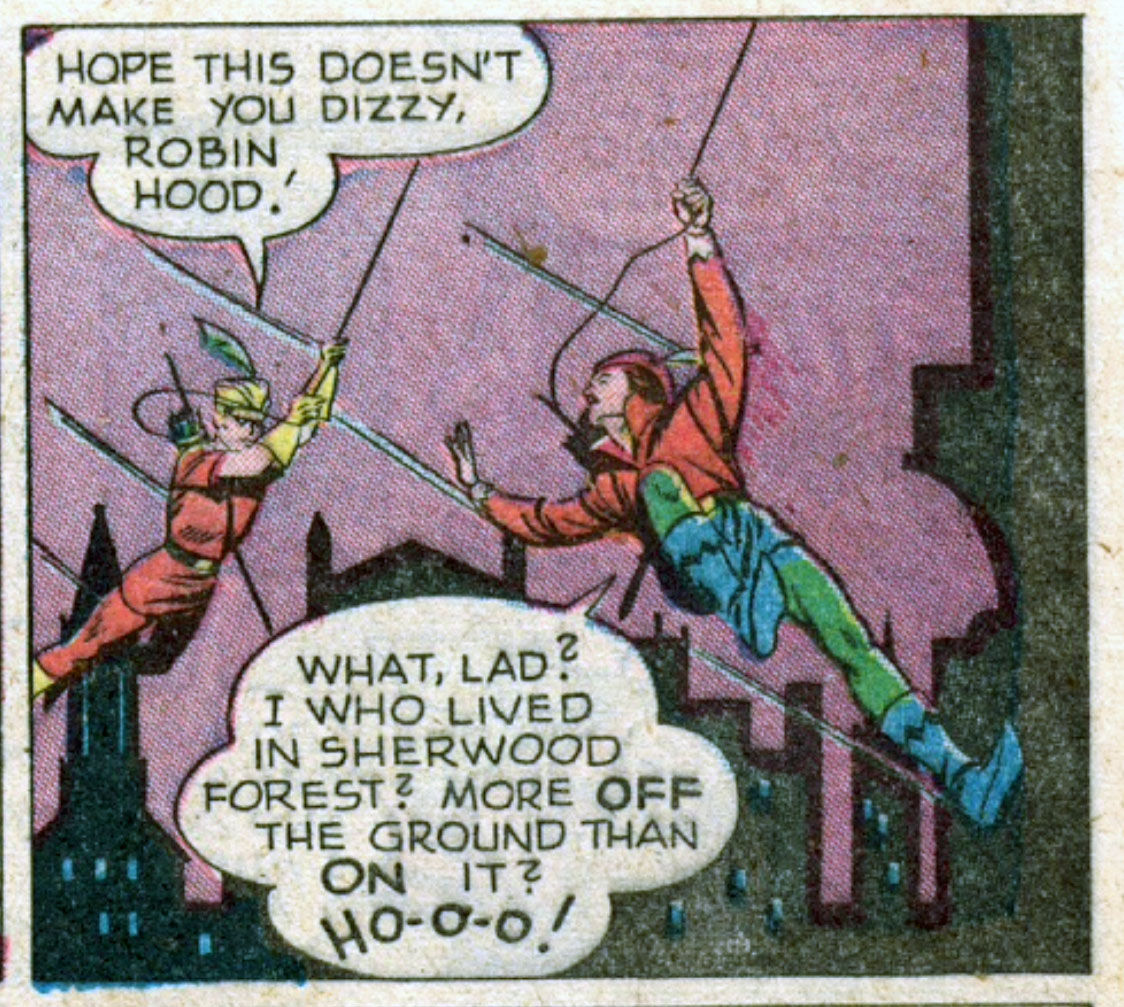
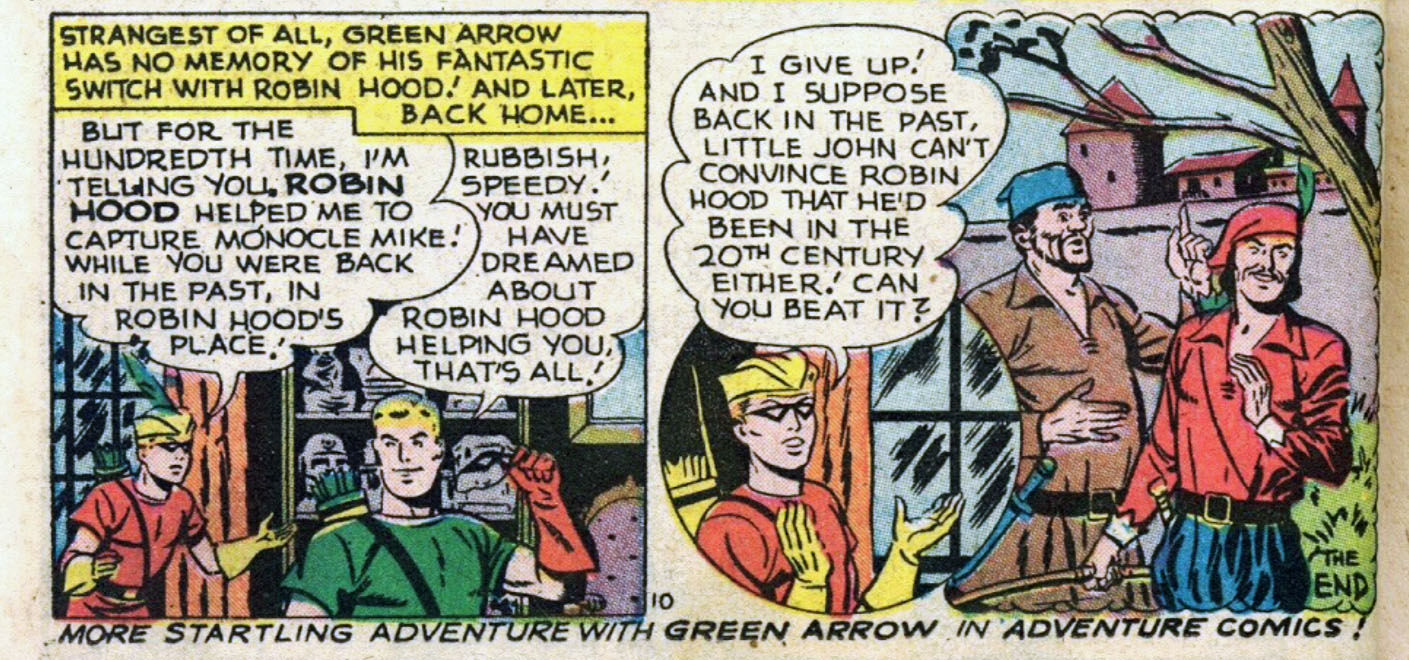
Contact Us